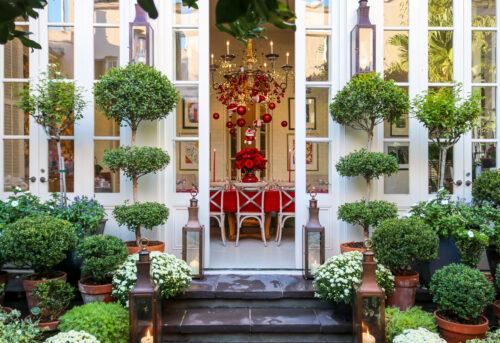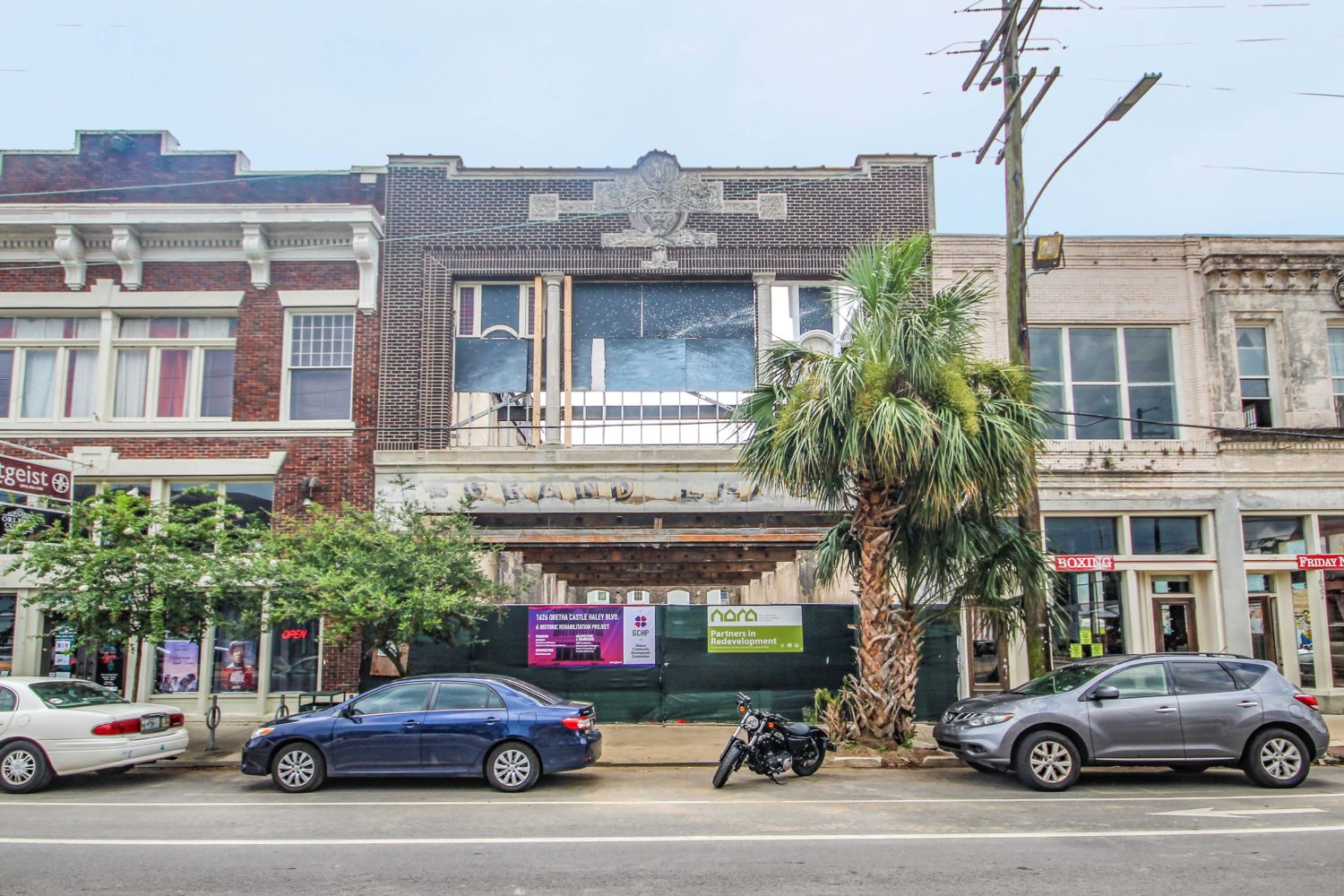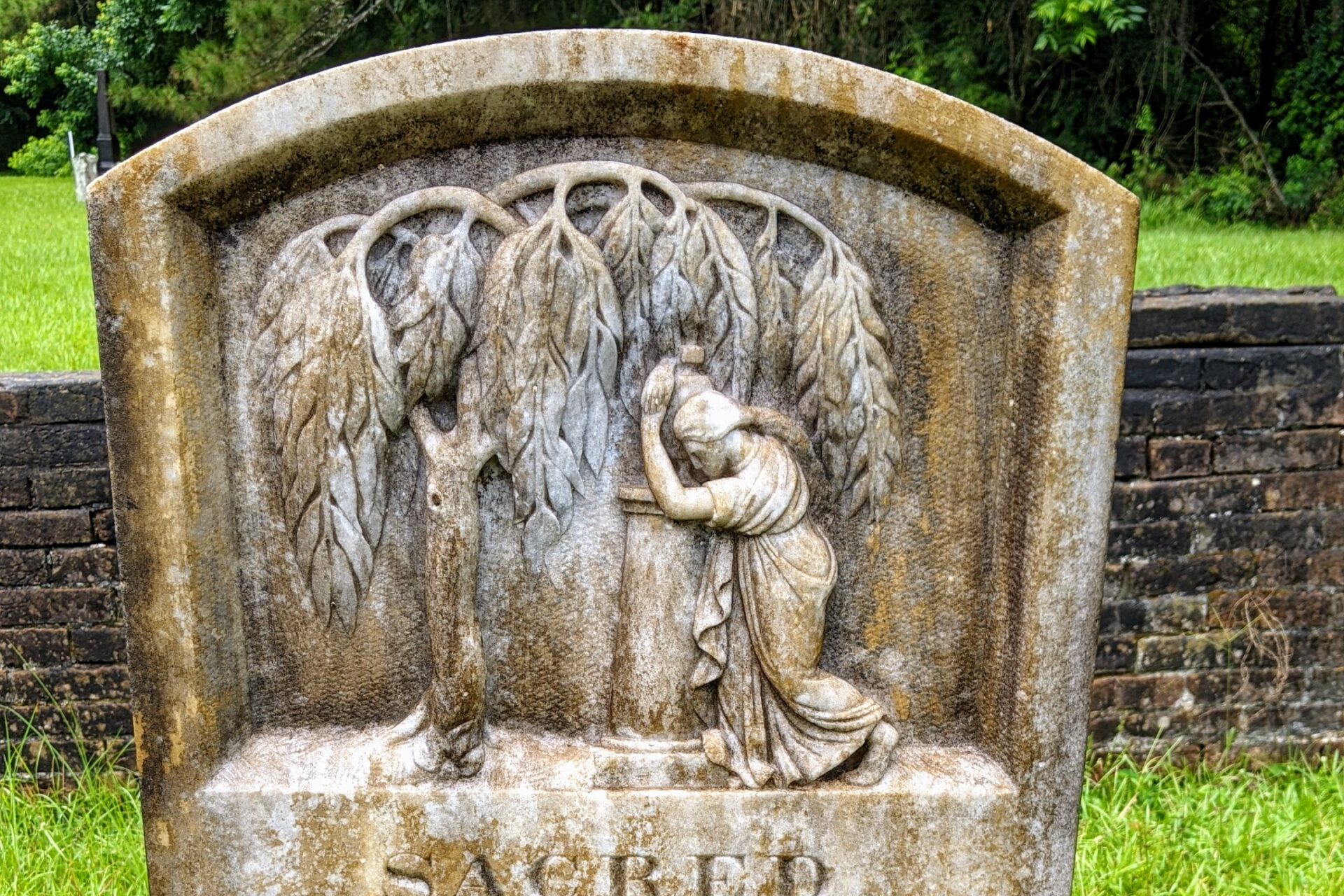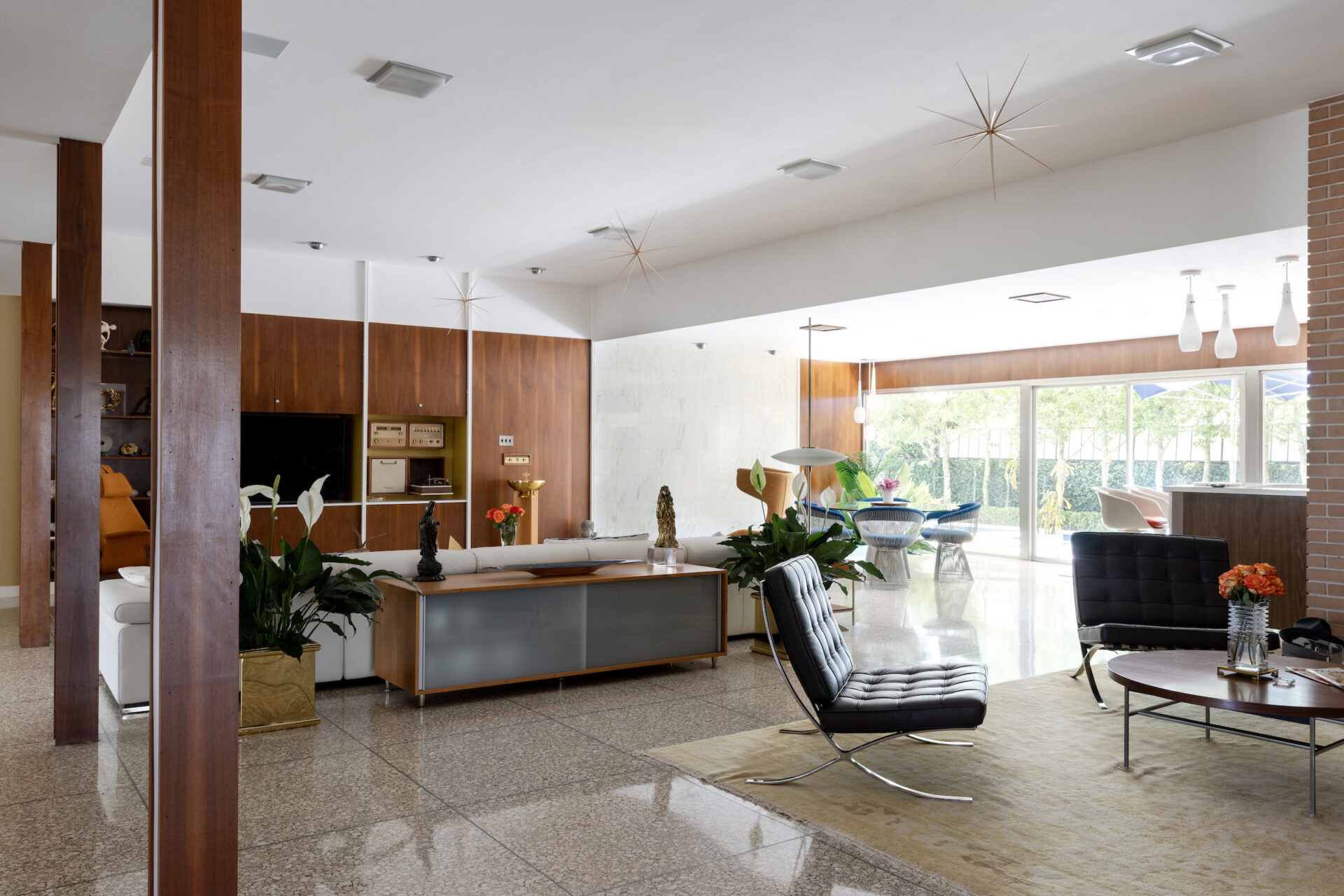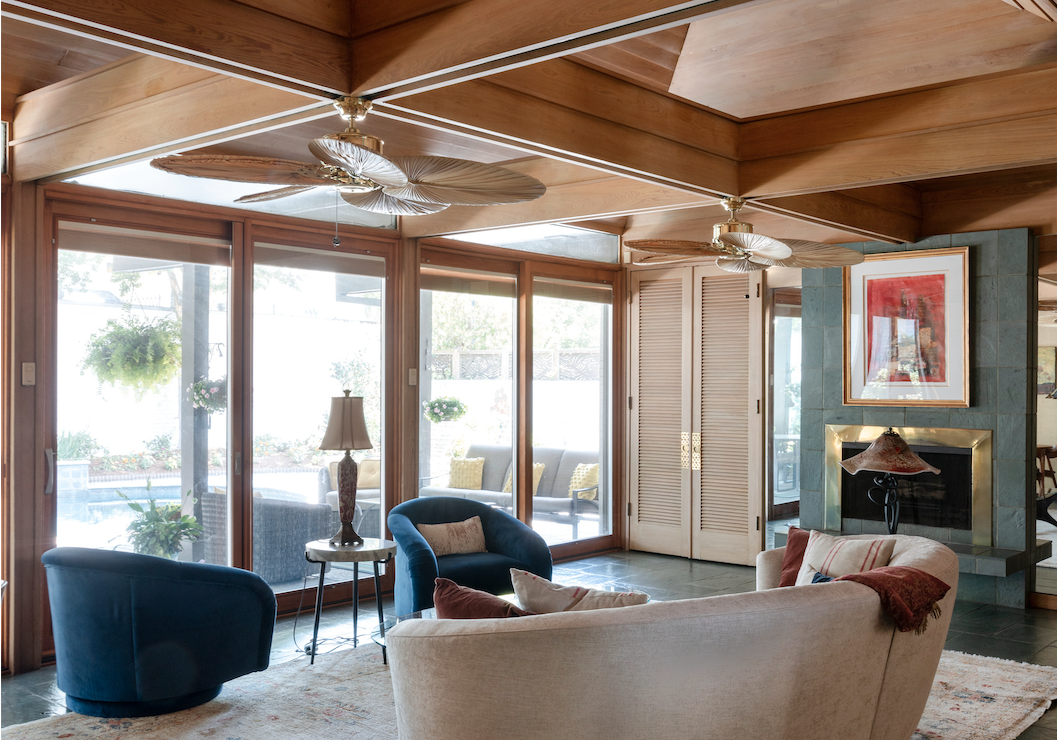The Louisiana Landmarks Society’s 2024 New Orleans’ Nine Most Endangered Sites list touches nearly every corner of the city, focusing largely on citywide problems, including the importance of protecting green infrastructure and the need for more transparency within municipal government. A press conference to reveal the list of sites was held Tuesday at the Pitot House.
The New Orleans’ Nine list, which started in 2005 and is modeled on the National Trust for Historic Preservation’s list of America’s 11 Most Endangered Historic Places, draws attention to historic buildings or sites that are threatened by demolition, neglect or bureaucracy.
The first two endangered sites on the list were citywide “green” resources, including the New Orleans Tree Canopy, which is rapidly diminishing due to careless infrastructure projects, and public recreational and green spaces, which are suffering from neglect. The Big Green Easy Plan is a comprehensive master plan drafted to increase the quality and accessibility of the city’s green spaces, and its adoption into law would be a critical step, the New Orleans’ Nine said.
Next, the River District Development, specifically the proposed Topgolf facility and the lack of transparency and public input involved in the decision-making process, was described as a direct threat to the Lower Garden District, which is listed in the National Register of Historic Places. It was a useful segue into the next issue presented: the ineffectiveness of the City Planning Commission’s Neighborhood Participation Program. Advocates are pushing for reforms to enhance transparency and community engagement.
Concerns about the area surrounding the Industrial Canal were discussed next, prompted by the recently resurrected Inner Harbor Navigational Canal Lock Replacement project, which has been in the works for decades and proposes to replace the lock and the historic St. Claude Avenue bridge, in addition to demolishing several historic buildings. Advocates are concerned that the project might result in years of disruption to residents and dangerous flooding on the East Bank.
The blighted condition of the blighted Lindy C. Boggs Medical Center, formerly Mercy Hospital, was identified as a serious detriment to the Mid-City neighborhood, which is listed in the National Register. The building has remained vacant since Hurricane Katrina, despite being eligible for Historic Tax Credits. For the sake of Mid-City residents, the New Orleans’ Nine calls for the current owners to rehabilitate the site or sell it. As a last resort, even demolition was mentioned as a solution.
The final three sites on the list include the city’s Catholic churches that have been closed by the Archdiocese as result of its bankruptcy; a neglected former slaughterhouse owned by the Port of New Orleans at 301 Alabo St. in Holy Cross; and the stunted economic development along the Oretha Castle Haley Corridor, madeevident by numerous vacant residential and commercial properties. The last site became tragically relevant over the weekend when the historic brick building at 1410 Oretha Castle Haley Blvd., one of the noted vacant properties along the corridor, collapsed.
At the press conference, the society’s president, Michael Mancuso, provided opening remarks, followed by Anthony Marino, chair of the 2024 New Orleans’ Nine Committee, who introduced advocates to speak about several of the sites.
Read the Louisiana Landmarks Society’s full list of endangered sites is included here.

